Designer Cristian Zuzunaga refuses to follow seasons and trends, and instead turns the pixel into the next big thing
Specialising in interior accessories the Catalan designer is best known for his pixelated designs combining digital and analogue worlds
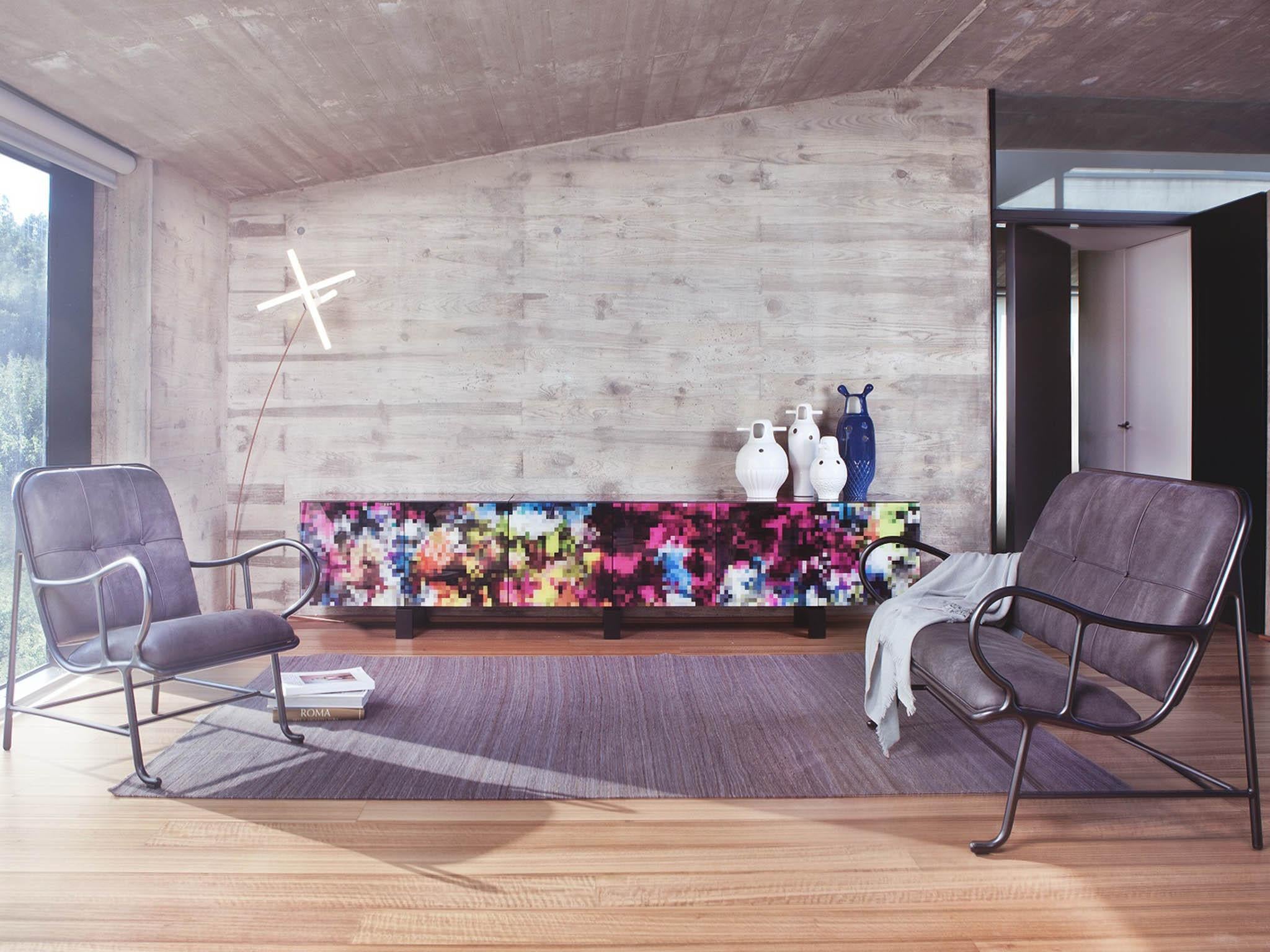
Your support helps us to tell the story
From reproductive rights to climate change to Big Tech, The Independent is on the ground when the story is developing. Whether it's investigating the financials of Elon Musk's pro-Trump PAC or producing our latest documentary, 'The A Word', which shines a light on the American women fighting for reproductive rights, we know how important it is to parse out the facts from the messaging.
At such a critical moment in US history, we need reporters on the ground. Your donation allows us to keep sending journalists to speak to both sides of the story.
The Independent is trusted by Americans across the entire political spectrum. And unlike many other quality news outlets, we choose not to lock Americans out of our reporting and analysis with paywalls. We believe quality journalism should be available to everyone, paid for by those who can afford it.
Your support makes all the difference.Today’s world is obsessed with the very fine line between the virtual and the real. People insist upon living as virtually as possible while still physically in the real world. But in art and design, these opposites can work beautifully together, as artist and designer Cristian Zuzunaga proves.
Best known for his digital meets analogue pixel designs, the award winning founder of Zuzunaga Studios has specialised in unique, bright interior products, textiles and fashion accessories that are based on the little individual square of colour, which he says capture the dynamic nature of contemporary living.
Based in Barcelona, his signature prints proudly put hand-crafted individualism over mass production.
His inspiration comes from modern architecture housed inside the world’s most famed cities, from London and Barcelona to New York and Shanghai , where the architecture has created a space for human vitality within a digital world.
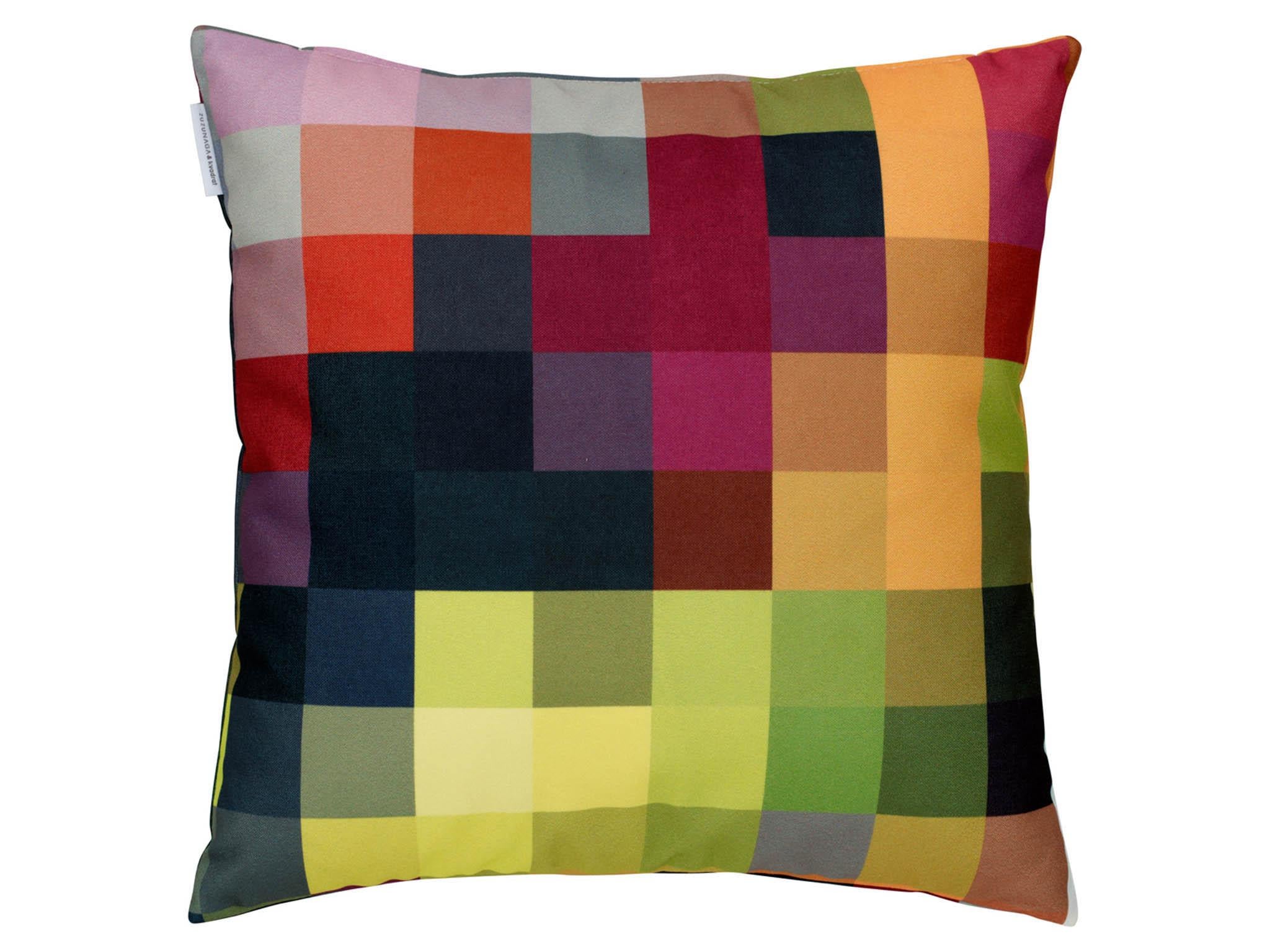
After studying an MA at the Royal College of Art from 2005, the designer realised the importance of accessories, and analogue and digital relationships followed shortly. He formed a technique that combines the modernity of the world in its digital form with analogue traditions including print, letterpress, photography, sculpture, textile and furniture design.
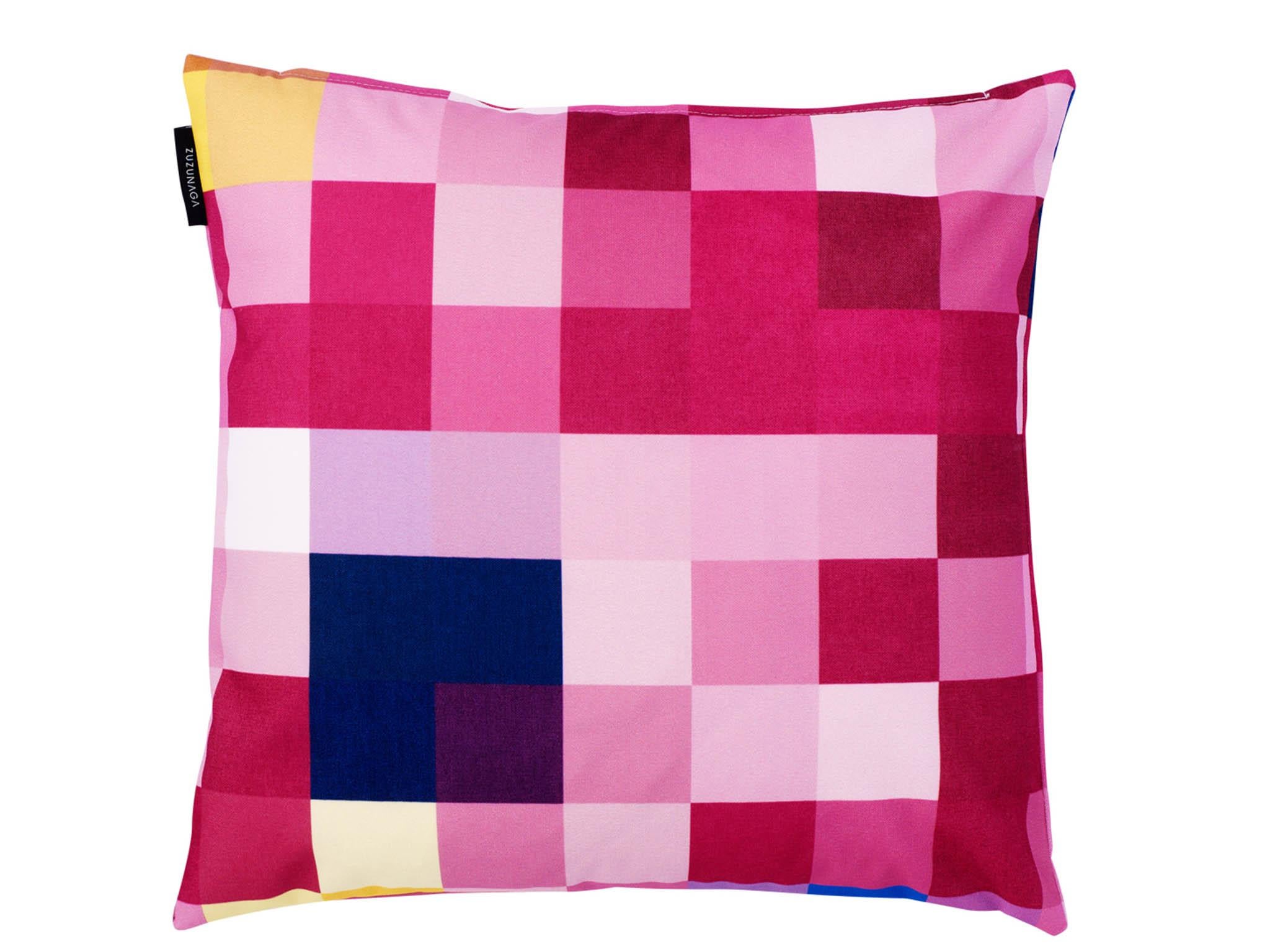
Using a palette of bright colours, from pinks to yellows he explores it as a means to evoke emotions and counterbalance negative ways of seeing and thinking. His latest collaboration is The Dreams Cabinet with BD Barcelona. Inspired by a dream Zuzunaga had, it has been created using artisanal processes, resurrecting a typology of furniture that was lost toward the end of the last century.
“The inspiration behind the project is to make visible the invisible and to use the pixel to represent the present moment we live now; where digital technology is taking over our lives.
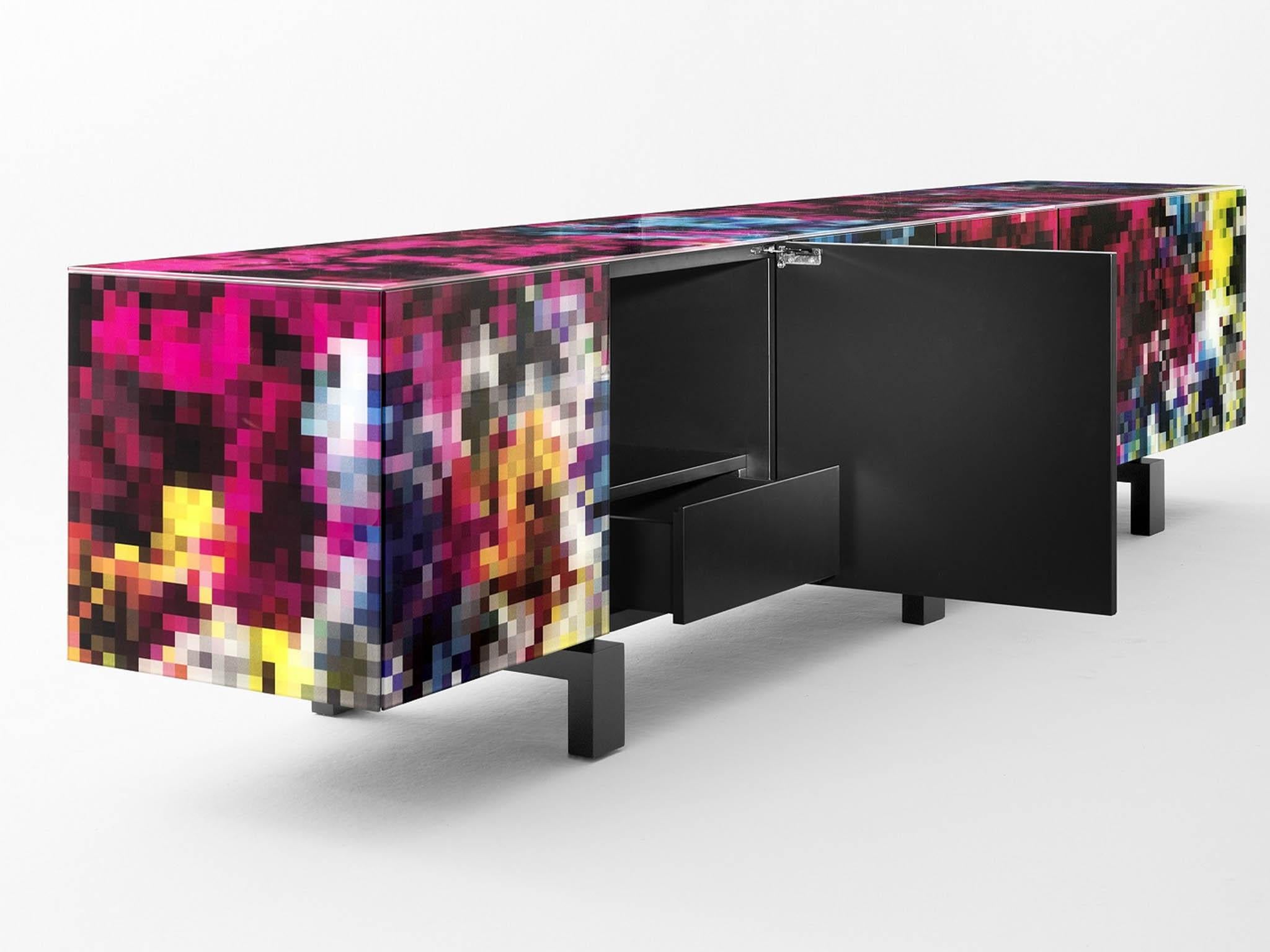
“The use of digitally printed glass resembles the look of our mobile phones and tablets and uses this as a narrative to represent the actual moment we all live in.
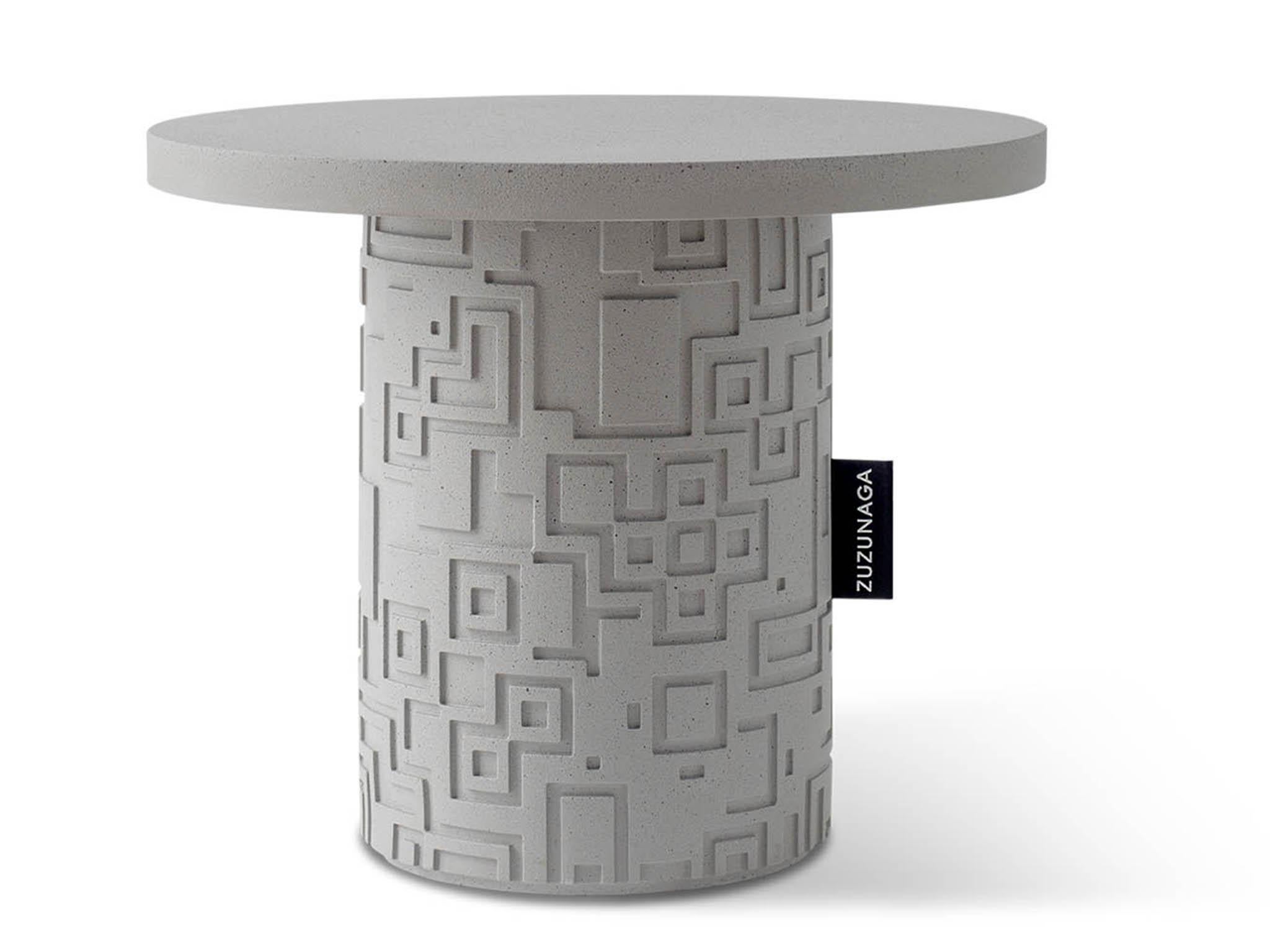
“The way the legs are placed and attached to the actual cabinet allow the viewer to have the illusion/experience that the cabinet is floating, as if it is suspended. In a way there is a contradiction in place: on one hand the cabinet has so much gravity towards it and at the same time it seems to be floating,” says Zuzunaga.
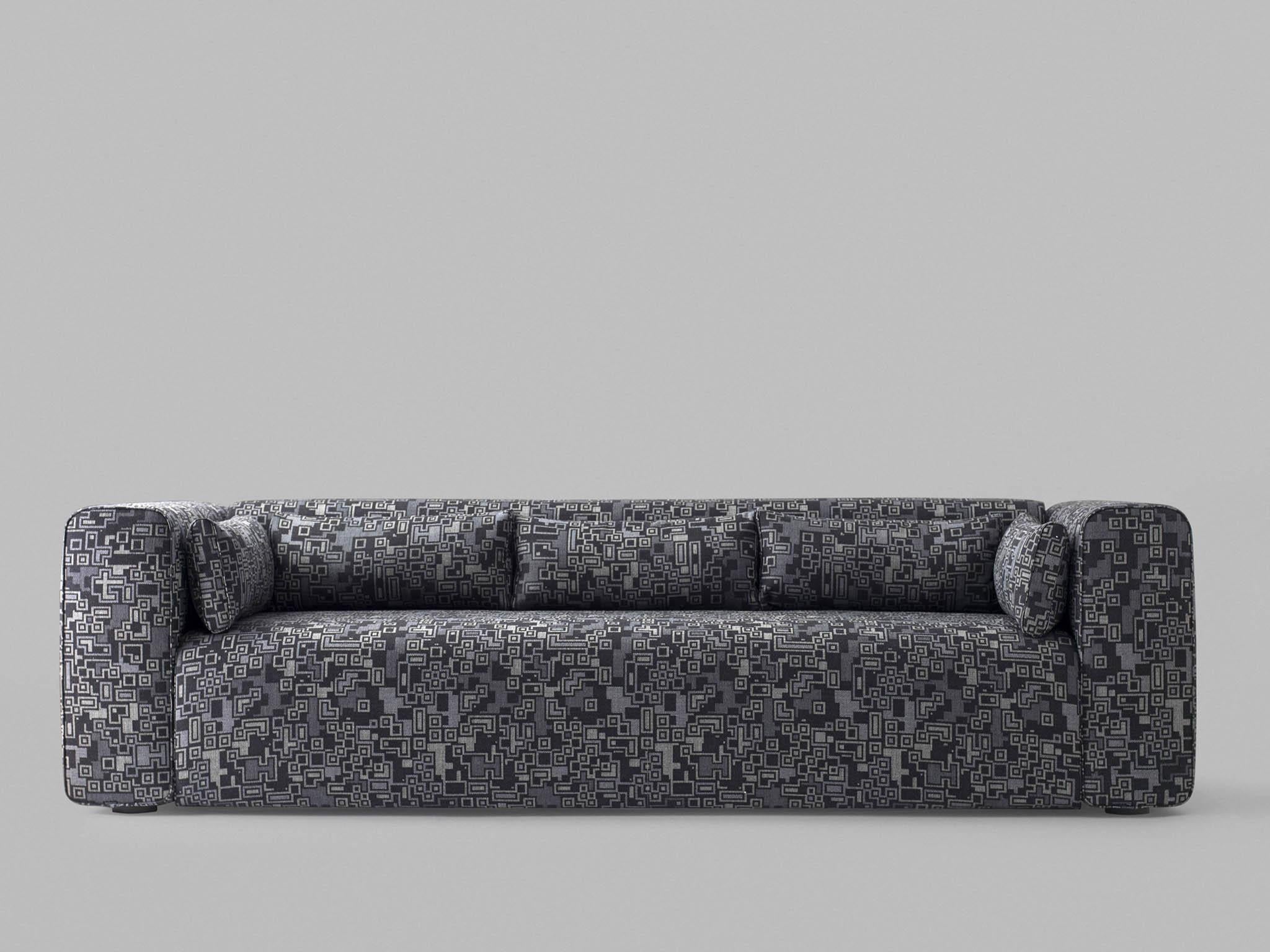
Using large coloured pixels, the design house worked with design brand nanimarquina to create the Digit rug collection, which is hand-knotted and made from 100 per cent New Zealand wool.
As well as rugs, the brand created a range of cushions based on the pixel trend, representing the zoomed-in image of a cityscape. No two are ever the same.
His latest launch is a new furniture collection, called INCA, inspired by his recent travels to Peru. Starting with a visit to Cuzco and Macchu Picchu, he was fascinated by the precision and detail of the constructions.
He returned to Europe where he handmade prints using a 1950s FAG proofing press machine, which formed the pattern that runs through the entire collection. Zuzunaga claims not to work by following the seasons and trends – he only creates the trends, it seems.
Join our commenting forum
Join thought-provoking conversations, follow other Independent readers and see their replies
Comments